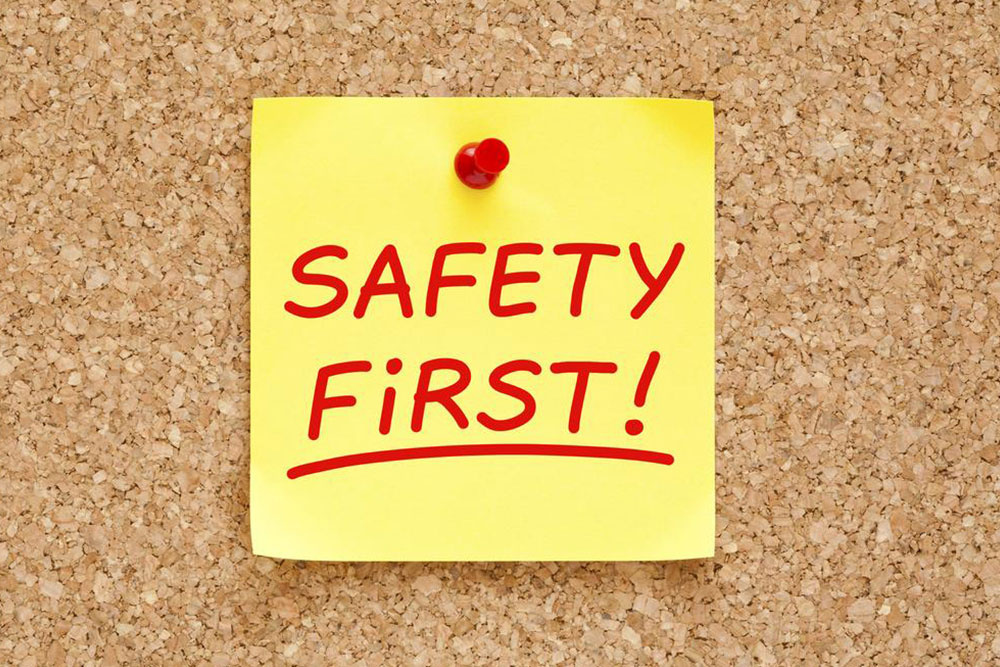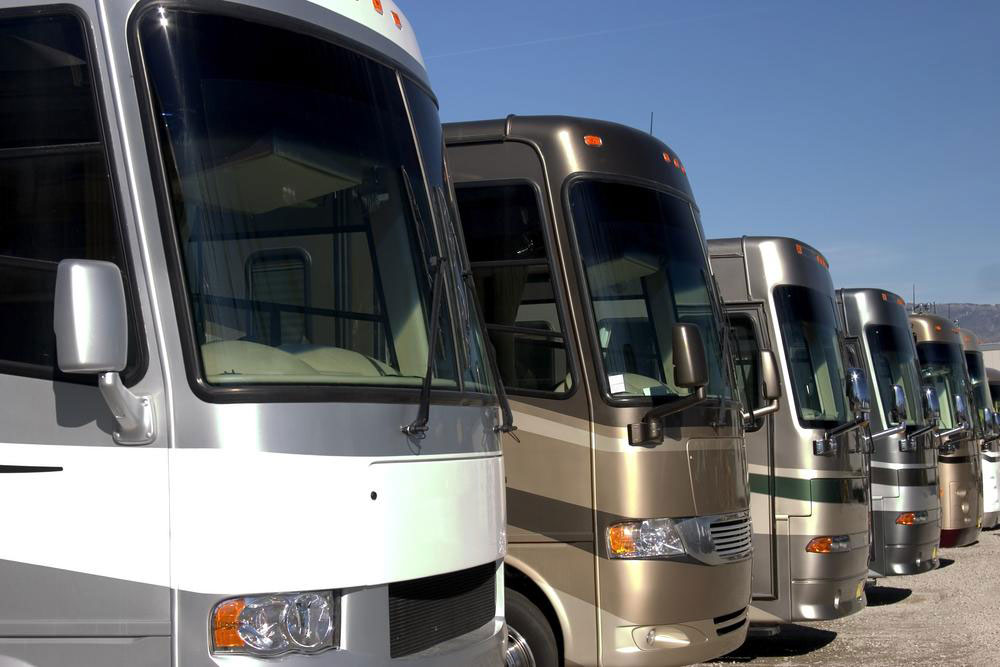Alternative Methods for Assessing Recreational Vehicle Values
Discover effective methods to evaluate RV values beyond the Blue Book, including NADA guides, online marketplaces, and DIY approaches. Understand factors influencing RV prices, such as seasonality, market trends, and vehicle condition. Expert appraisals and age considerations are also discussed to help buyers and sellers make informed decisions in the RV industry.

Exploring Effective Ways to Determine RV Pricing
Recreational vehicles offer a comfortable way to travel and explore, making them increasingly popular. As demand rises, accurately valuing an RV becomes essential when buying or selling. Unlike standard vehicles, there is no official Blue Book for RVs, but several reliable methods help estimate their worth.
Why is there no Blue Book for RVs?
The unique nature of the RV industry—with its diverse models, features, and configurations—makes standard valuation difficult. While Kelley Blue Book excels with traditional cars, the many variables involved with RVs prevent a single, standardized pricing guide.
Alternative Approaches to RV Valuation
Several options exist to accurately estimate an RV’s value, considering factors such as condition, age, features, and market trends:
National Automobile Dealers Association (NADA): NADA provides price guides for pre-owned RVs, including motorhomes, trailers, and park models. By visiting their website and selecting the RV type, make, model, and year, along with your location, you receive suggested retail prices, average values, and trade-in estimates.
Online RV Marketplaces: Platforms like RV Trader facilitate buying and selling, offering tools such as price checkers and value calculators to gauge an RV’s current market worth.
DIY Valuation: Researching similar models through local dealerships and online listing sites helps determine an RV’s approximate value based on comparable sales.
Factors Impacting RV Value
The worth of an RV depends on seasonal demand, with peak prices in spring and summer and lower values during colder months. Industry health, supply and demand, economic factors like fuel prices, interest rates, and inflation also influence valuation. Additionally, the condition and maintenance history of specific models significantly affect pricing—an example being a well-kept Jay Feather versus a less maintained Airstream.
Professional appraisers can offer expert evaluations, leveraging current market data to provide reliable valuations. It’s also important to consider the age of an RV: after about 10 years, financing options become limited, and selling the vehicle may become more challenging, potentially reducing its value.










